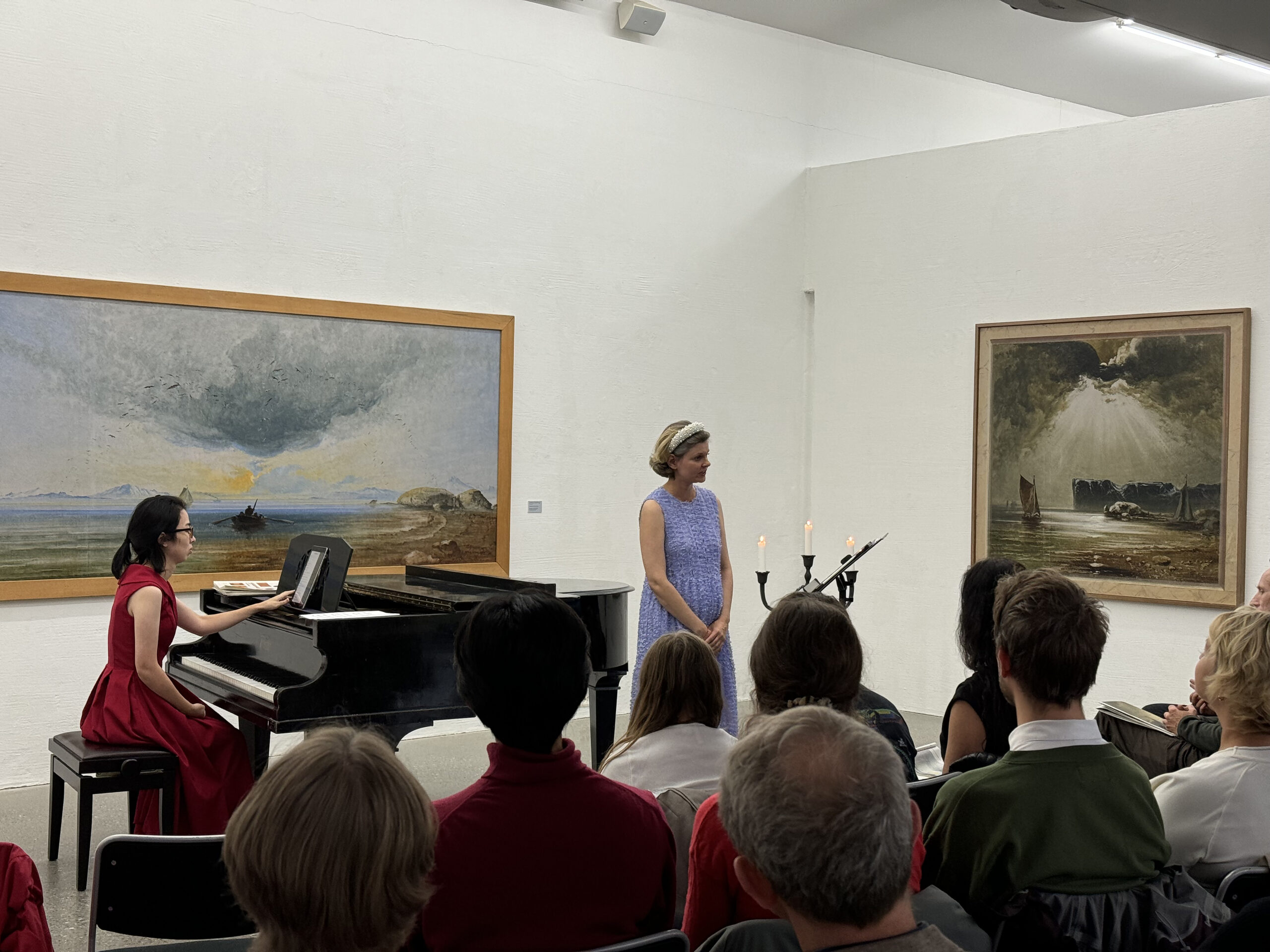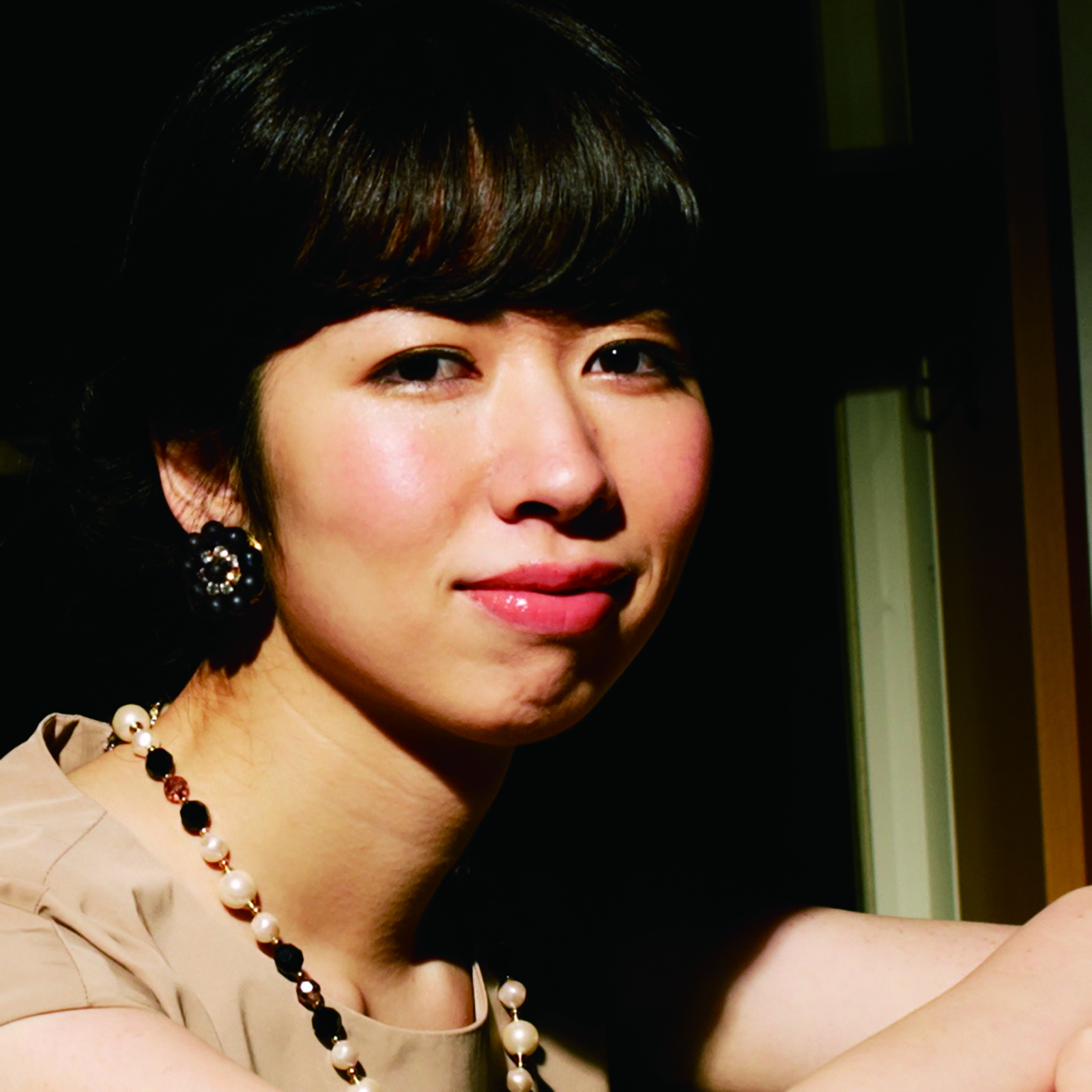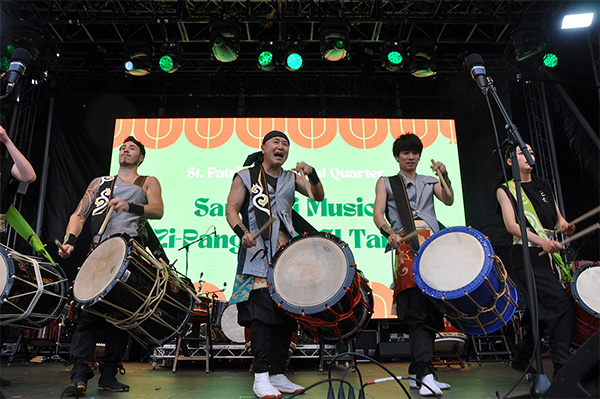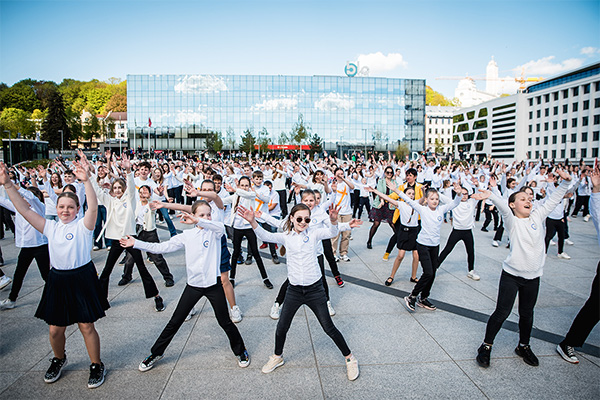Column
ColumnA history of classical music in Japan and Norway, traced through song and piano
In September 2024, a Bodø – based soprano singer, Darya Katyba and I gave four concerts in Bodø, North Norway. These concerts were a sequel to the concerts we did in Tokyo in February and March earlier that year. This time, we made a programme that would allow the audience to get to know some less familiar Japanese songs and operas. It mainly focused on the works of Toru Takemitsu, a composer very popular internationally. The programme centred around Takemitsu’s beautiful songs. Also, it included arias from Japanese operas “Kurofune” and “Yuzuru (Twilight Crane)”, aiming to trace how music originating in the West developed in its way in Japan. The concert was entitled “The Encounter of Japanese and European Music”, including works from Norway and France. The songs highlighted how the East inspired the French impressionists through the French composers Joseph Maurice Ravel and Claude Debussy. They also performed an opera portraying Japan by the composer Ludvig Irgens-Jensen, born in northern Norway.
When I was a student, I spent some time in Oslo. I could say that I was familiar with Norway, but the north of the country was a whole new world for me. When I arrived at Bodø Airport from Oslo, the wind was blowing strongly. It was dim and cold, and the sky was overcast. I was at a loss for words, but the people I met at the venue or the cafes were all generous and welcoming.
The rehearsals and meetings were arranged in Oslo the week before the performance. On the first day, we checked the pronunciation and intonation of the Japanese lyrics, and carefully went through the unique vocal characteristics of the Japanese songs. Japanese operas are fundamentally different from Italian arias. Therefore, we discussed how to put the subtlety of Japanese opera and the emotions of the characters with their feelings hidden inside, into sound, and how to convey this to the Norwegian audience.
The background of Japan depicted in the opera is also important. In particular, “Kurofune” is set in the period of national isolation at the end of the Edo period. We had endless discussions, imagining how terrifying and intimidating the arrival of the black ships must have been for the people of the time. Most of the Norwegians love the sea, so we thought we could expect a good response when talking about it. I was also looking forward to seeing how the audience would react to the story setting of the opera “Yuzuru”, in which cranes take on human form and weave fabrics. In Norway, there are countless folk tales featuring trolls and fairies living in the forests and mountains. I wondered how they would receive these Japanese folk tales.

The four concerts began at lunchtime at the Stormen Concert Hall in the centre of Bodø. The venue was the foyer facing the entrance to the main hall, and the building faced the harbour, so the windows looked out over the fjord. The audience arrived about an hour before the concert. After they enjoyed lunch, the concert began. Lunchtime concerts are held regularly on weekdays. Around 80 elderly people from the city were invited free of charge (it seems applications are required). After the performance, several in the audience came up to me to say that they had been truly moved by the intelligence and inner beauty of the Japanese classical music they had heard for the first time.
After the first performance, we moved to the next venue, Bodøgaard. Bodøgaard is an art gallery established in 1985 and holds the largest private collection of art and cultural assets in northern Norway. There were also works of art on display in our performance space, which allowed for a luxurious time for viewing before the rehearsal.
On that day, I had a flight to catch immediately after the performance. I was running out of time for my departure. I had already packed my luggage, and as soon as finished the encore and bowed to the audience, I ran out of the venue with my luggage and wearing my dress. I jumped into the taxi waiting at the entrance and headed for the airport. The audience, the gallery staff and taxi driver gave me a big send-off with applause and laughter, the gallery staff, and the taxi driver who had waited for me. Where did this generosity come from?
On the second day, we gave our first concert at Bakgården kultur, a new art centre that had been built in the small town of Mosjøen. When we arrived at the venue, preparations were underway to welcome the audience with coffee and a large, luxurious cake on the table. It was the first anniversary of the centre’s opening, so we also got to enjoy a piece of cake and then went on to rehearse. As I had some time between the rehearsal and the performance, I went to the annual market. I wanted to buy reindeer smoked meat, venison sausages, smoked salmon, dried cod, mackerel in a can… everything looked so ‘Northern Norwegian’! When we returned to the venue, the audience was gathered together enjoying coffee and cake, and we prepared to go on stage. Darya also gave a lecture on Japanese composers and works, with a touch of humour. The audience listened with interest, and there was a lot of laughter.

The final performance was held in Mo i Rana, a little less than two hours’ drive from Mosjøen. The view from the car was just mountains as far as the eye could see. The final venue was the auditorium of the Rana Culture School, where Dasha works as a vocal coach and opera conductor. Three retired men volunteered to help with lighting, sound and setting up the venue. I was very nervous as I watched the large man moving and adjusting the lights near the ceiling on a stepladder. I was relieved that nothing happened while he was up there.
If you bring in desks from an empty classroom, lay a tablecloth over them, put candles on the table, and prepare some wine and glasses, it will transform into a wonderful space. What I learned in this small country was not just piano expertise, but also this: ‘Do it yourself, make it yourself. That is what is elegant.’ This trip reminded me of that.
Performing four shows in two days was hard work, but even after the final performance, we still couldn’t relax. To return to Japan from Oslo on the afternoon flight the next day, we needed to travel to the town of Trondheim on the midnight train, a six-hour journey, and then change to a domestic flight. We had a party at a restaurant without any sense of it being over, but the main dish of white fish caught in northern Norway was the perfect dish to end the ‘Musical Journey to Bodø’.
On the midnight train station platform, Dasha and I made a firm promise to ‘continue our activities to promote the music of Norwegian and Japanese’ and exchanged our farewells.








